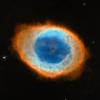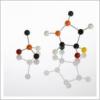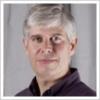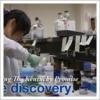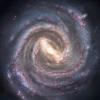by Whitney Hale
(Oct. 29, 2013) — In celebration of the University of Kentucky's upcoming sesquicentennial in 2015, the 68th of 150 weekly installments on the university looks back at the construction of the Chemistry-Physics Building.
On Nov. 11, 1960, construction began on the Chemistry-Physics Building. The current site of the building once was occupied by the president’s garden and tennis courts.
Physics once occupied 33,600 square feet of Pence Hall and chemistry used 41,500 square feet in






